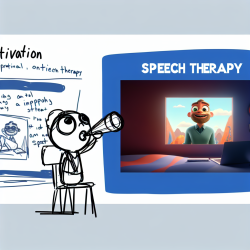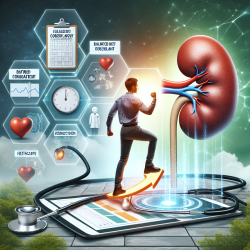Introduction
The National Violent Death Reporting System (NVDRS) offers a comprehensive dataset on violent deaths across various states, providing valuable insights into the circumstances surrounding these incidents. As a speech-language pathologist, understanding the broader context of violence and its impact on children can inform our practice, particularly in online therapy settings. This blog explores how NVDRS data can be leveraged to enhance speech-language pathology practices and improve outcomes for children.
Understanding the Data
The NVDRS collects detailed information on violent deaths, including suicides, homicides, and legal intervention deaths. The data is stratified by demographics such as age, sex, race/ethnicity, and the circumstances leading to these deaths. For instance, the data highlights that suicides are often preceded by mental health issues, intimate partner problems, or substance abuse. Understanding these patterns can help speech-language pathologists recognize potential risk factors in children and adolescents.
Implications for Speech-Language Pathology
Speech-language pathologists can use NVDRS data to tailor their interventions, especially when working with children who may be exposed to or affected by violence. Here are some ways the data can be applied:
- Risk Identification: By understanding the demographic patterns and circumstances associated with violent deaths, practitioners can identify children who may be at risk and require additional support.
- Intervention Strategies: Data-driven insights can inform the development of targeted intervention strategies that address the specific needs of children exposed to violence or experiencing related stressors.
- Collaboration with Other Professionals: NVDRS data can facilitate collaboration with mental health professionals, educators, and social workers to create a comprehensive support system for at-risk children.
Encouraging Further Research
While the NVDRS provides a wealth of information, there is a need for further research to explore the direct impact of violence on speech and language development in children. Speech-language pathologists are encouraged to engage in research initiatives that investigate these connections and contribute to the development of evidence-based practices.
Conclusion
By leveraging NVDRS data, speech-language pathologists can enhance their practice and improve outcomes for children, particularly in online therapy settings. Understanding the broader context of violence and its impact on children allows practitioners to make informed, data-driven decisions that support the holistic development of their clients.
To read the original research paper, please follow this link: Surveillance for Violent Deaths — National Violent Death Reporting System, 27 States, 2015.










